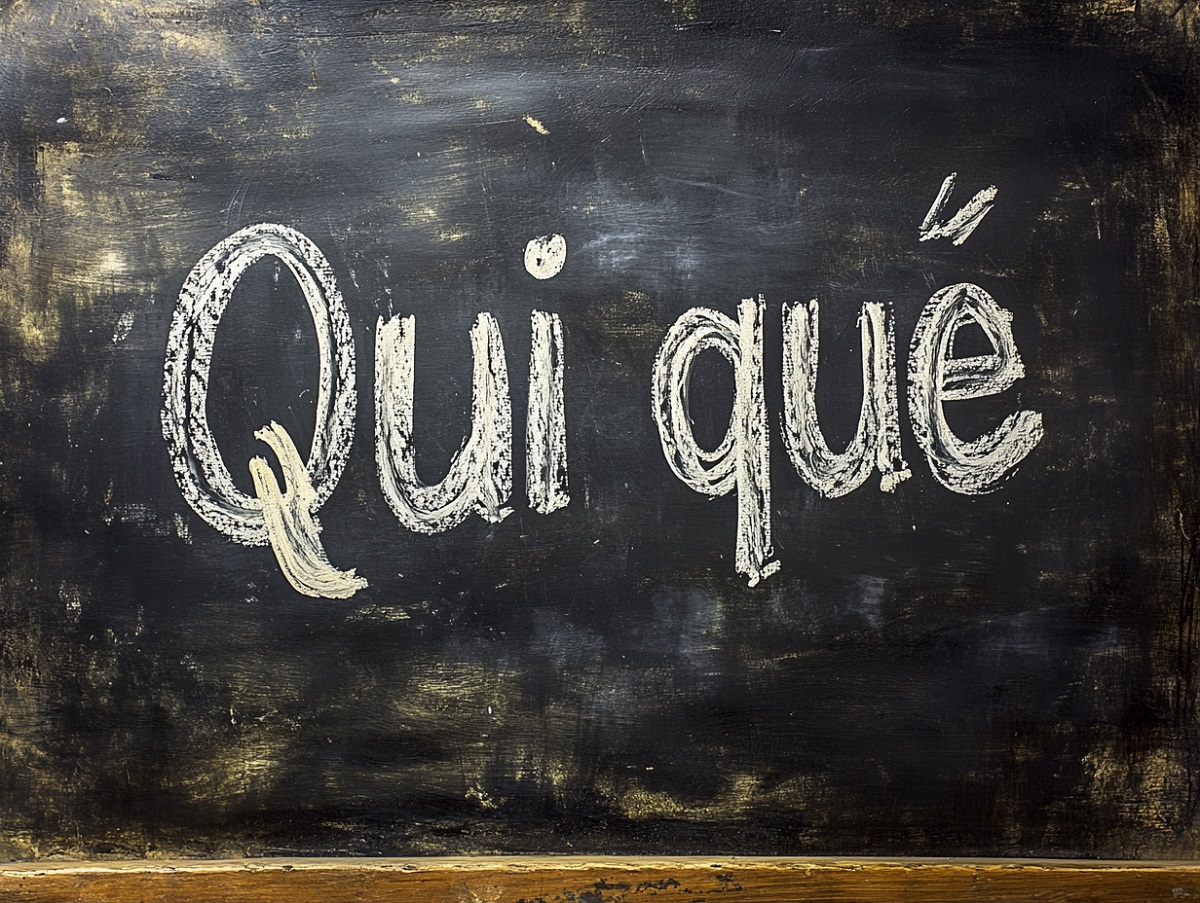
Mastering the use of qui and que is crucial in learning French. These two little words are key to making your sentences sound fluent and correct, but they can sometimes be confusing. Here are four things to remember about qui and que to get you on your way—whether you’re just starting or are more advanced in your learning.
1. Function: Subject vs Object
First of all, qui and que are both relative pronouns, which means they connect two clauses while providing more information about a noun. The first basic difference between these two is their function: Qui is the subject of a verb. Que is the object of a verb.
Simplifying it:
- Use qui when the word you are replacing is the subject of the following verb.
- Use que when it’s the direct object of the following verb.
Examples:
Je connais une fille qui parle trois langues. (I know a girl who speaks three languages.) Here, qui is used because “the girl” is the subject of “parle” (speaks).
Le livre que tu as lu est intéressant. (The book that you read is interesting.) In this case, que is used because “the book” is the object of “as lu” (you read).
2. Past Tense Agreement
Another important thing to remember about que is that you’ll often need to make gender and number agreement when using it in compound tenses like the passé composé.
When que is the direct object, the past participle of the compound verb, following the auxiliary verb avoir, must agree with the noun that que is referring to. This rule doesn’t apply to qui because qui is always the subject and doesn’t affect verb agreement in this way.
Example:
Les fleurs que j’ai achetées sont belles. (The flowers that I bought are beautiful.) Here, que refers to fleurs, which is feminine plural, so you add the feminine plural ending (-ées) to the past participle achetées.
3. Qui and Que with People and Things
A common myth is that qui is for people and que is for objects. In fact, the choice between qui and que has nothing to do with whether the antecedent—that is, the word to which it refers—is a person or a thing; it all depends on whether it is the subject or the object of the verb that follows.
Examples:
C’est l’homme qui a réparé ma voiture. (He’s the man who fixed my car.) – Qui is used because “the man” is the subject of a réparé (fixed).
Voilà la lettre que j’ai écrite. (Here’s the letter that I wrote.) – Que is used because “the letter” is the object of ai écrite (wrote).
4. Omission in English vs. French
It is very common in English to leave the relative pronoun out in some sentences, but this never happens in French. When translating from English to French, remember that you have to insert the qui or que, even though there seems to be a leap over it in the English sentence.
Examples:
English: “The movie I saw was amazing.” French: Le film que j’ai vu était incroyable. (Que cannot be left out in French.)
English: “The man who called me is my friend.” French: L’homme qui m’a appelé est mon ami.
Final Thoughts
Qui and que are small but mighty tools to build complex and descriptive sentences in French. By remembering just the differences in function, the rules around agreement, and the unskippable use in translation, you can confidently use these relative pronouns in any conversation or writing.
It takes practice to master qui and que, but once you do, your sentences will sound much more natural and genuinely French!



